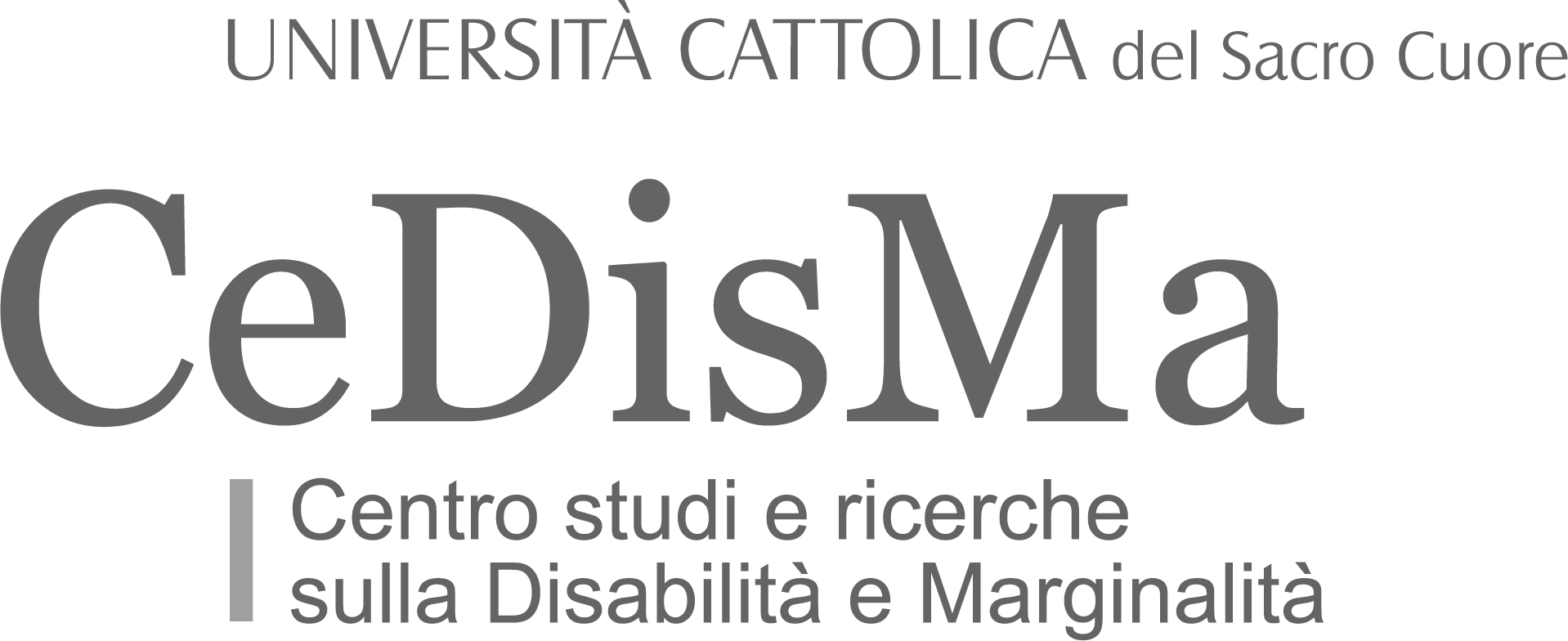The methodological perspective of differentiated instruction ties together learning, teaching management and the assessment process, answering to the “provocation of the American researcher Carol A. Tomlinson who points out how, despite the advancement of knowledge about learning, little, or very little, has changed in our classrooms, where girls and boys go through the same curriculum, despite individual differences, and in the same way!” [1]
“For Prof. Luigi d’Alonzo [2], director of CeDisMa, the response to the different needs of each pupil is realised, bearing in mind three dimensions:
a) The readiness of the learner, constituted by the amount of knowledge from which other learning can be built. Readiness, unlike ability (ability to apply learned knowledge to solve problems) is “generally less sensitive to intervention, whereas responsiveness can vary over a period of time, depending on content and circumstances” [3]. From this consideration comes the need to confront each child with tasks that are challenging but at the same time “possible” (because they are accessible): “if readiness levels vary in a class, then the complexity of the work offered to students must also vary” (Tomlinson) [4].
b) Knowledge of pupils’ interests and preferences stimulates the desire to activate skills and commitment, even moving in different directions. A school that involves passions, is an “emotional” place, where every one feels welcomed; a school that listens to interests has a protective role with regard to the elements of disinterest and non-involvement, enhancing a significant intrinsic motivation [5].
c) The learning profile that best corresponds to the conditions in which a pupil learns positively and effectively; in particular, one learns effectively if the management of the classroom and its organisation supports the different types of intelligence, learning styles (visual, auditory, kinesthetic, etc.) [6] and the cultural elements of belonging”.
It is essential that the learning process proposed by teachers stimulate the use of the combination of several learning profiles (styles) and modes.

“In the classroom, it is not only important for teachers to differentiate task instructions, but the real challenge for schools lies in the possibility of modulating and differentiating three determined aspects of the curriculum: content, process and product.
Taking care of ‘content’, according to meaningful teaching, offers pupils the opportunity to experience themselves in different sensory fields, considering not only a broad spectrum of access to information, but also how they access information.
The possibility of differentiating ‘processes’, empowers pupils (according to readiness, interests and learning methods) to actively explore content and proposals (concepts), analysing them, discovering them, experimenting with them, in creative and novel ways. The activation of flexible small work groups facilitates different ways of expression in the activity: each pupil is thus guaranteed the possibility, differentiated and customised, of approaching the contents, giving them ‘meaning’ in his or her own personal way. Actively participating, offering various ways of learning, motivates pupils internally, increasing the chances of educational success.
Collecting and evaluating the processes carried out by the pupils requires considering not only intellectual ‘products’ (traditional verifications), but also products and artefacts that are able to assess and detect emotional movements such as the ‘perception’ of success, together with metacognitive processes (self-evaluation and evaluation in the peer group)”[7].
Traditional instruction, that of “pen and paper”, by flattening itself in the proposal of tools and contents that are the same for all, forgets the personal learning modes of the pupils, embracing that model of assessment that “verifies reproduction”; it thus forgets that learning process, that personal way of “constructing knowledge” starting from the potential and resources of each one, which authentically represents the value of competence.
Differentiated instruction emphasises the uniqueness of each learner’s potential, his or her particular ways of approaching the knowledge content, enhances motivations and interests, not demeaning and forgetting the learning profile of each one.
Personalising instruction, differentiating spaces, realising flexible and collaborative working solutions, strategically adapting and didactically acting with different contents, offers each child the realisation of their personal potential, for a school of “everyone and each one” (National Indications, 2012).
Differentiated instruction is a powerful multiplier of equity and inclusion, carrying out the best achievements of pedagogy and instruction.
[1] See. Tomlinson C.A., (2017) How to Differentiate Instruction in Academically Diverse Classrooms, Alexandria, Virginia, ASCD (Association for Supervision and Curriculum Development). Third Edition.
[2] See. d’Alonzo L., (2016), La differenziazione didattica per l’inclusione, Erickson, Trento
[3] Tomlinson, C.A. (1999), The Differenciated classroom, ASCD. In Tomlinson, C.A., (2006), Adempiere la promessa di una classe differenziata. Strategie e strumenti per un insegnamento attento alla diversità, Ediz. Ital. A cura di Comoglio M. trad. it. Roma, LAS, pag. 176)
[4] Tomlinson, C.A., (2006), Ibidem
[5] See Folci I., (2019), La differenziazione didattica per l’inclusione: approcci pedagogici e contributi psicologici, in Italian Journal of Special Education for Inclusion, Pensa MultiMedia Editore, anno 7, n.2, pp. 37- 43
[6] Di Liberto B, in d’Alonzo L. (ed), Back to school. #iotornoascuola: un contesto per accogliere e includere, cap. 9, 2020, Pearson
[7] Di Liberto B, in d’Alonzo L. (ed), Back to school. #iotornoascuola: un contesto per accogliere e includere, cap. 9, 2020, Pearson





